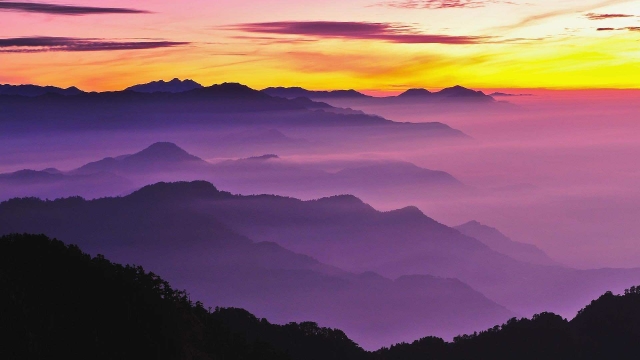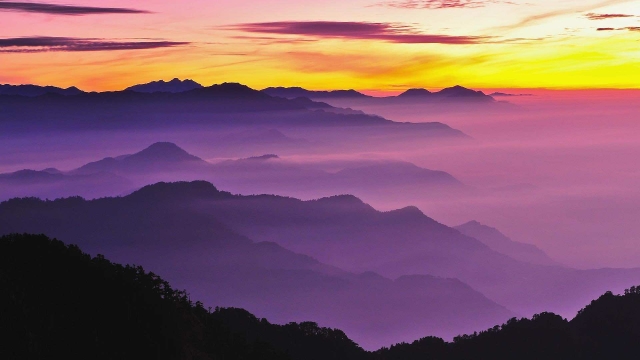There are three approaches to try this:
Fill Light
Include another, much less-extreme mild source to complement your predominant light. This additional light is called your fill light and is used as a counterbalance to soften the natural shadow your major light produces in the back of an item.
To do that, region your fill mild contrary your principal light so your product sits between both mild resources.
Flashbulb Bounce Card
A soar card, or reflector card, is a small card that “reflects” or “bounces” the main mild returned onto the floor below your product to reduce shadows.
Some jump playing cards connect to the flashbulb of a professional camera lens to diffuse the light from the digital camera’s flash. This card splashes a softer light onto the difficulty from above your set — rather than instantly at it — so that you do not have long shadows trail in the back of the object you are capturing.
See variations of this item under — both white (left) and foil (proper) monitors can diffuse the flash.
Product photography tip: the use of a flashbulb soar cardSource
Standalone Bounce Card
If you are taking pictures from a telephone, a flashbulb bounce card is not an alternative, because you don’t have a physical flash you could connect it to. Instead, make your own standalone soar card located opposite your fundamental mild supply.
For beginners to Product Photography, this bounce card can correctly replace your fill mild, which counters the tough mild from the digicam flash or lamp it’s facing towards the front of your product.
Use a sweep or portrait mode to emphasize the product.
There isn’t always one right way to place your product, lighting, and jump cards – they could alternate dramatically relying on your historical past. But do not choose a background based totally on what’s simplest to create. Backgrounds must resemble the way you need your customers to understand your product when viewing it online.
Consider first whether you want a white background or a more dynamic, actual-world heritage. There’s an smooth way to gain each one.
White Background: Sweep
For white backgrounds, it’s no longer as simple as setting up a desk in opposition to white drywall. Even cellphone cameras can pick up little blemishes on a white wall which you wouldn’t word with the bare eye. To seize a super white background without a corners or blemishes, use a sweep.


